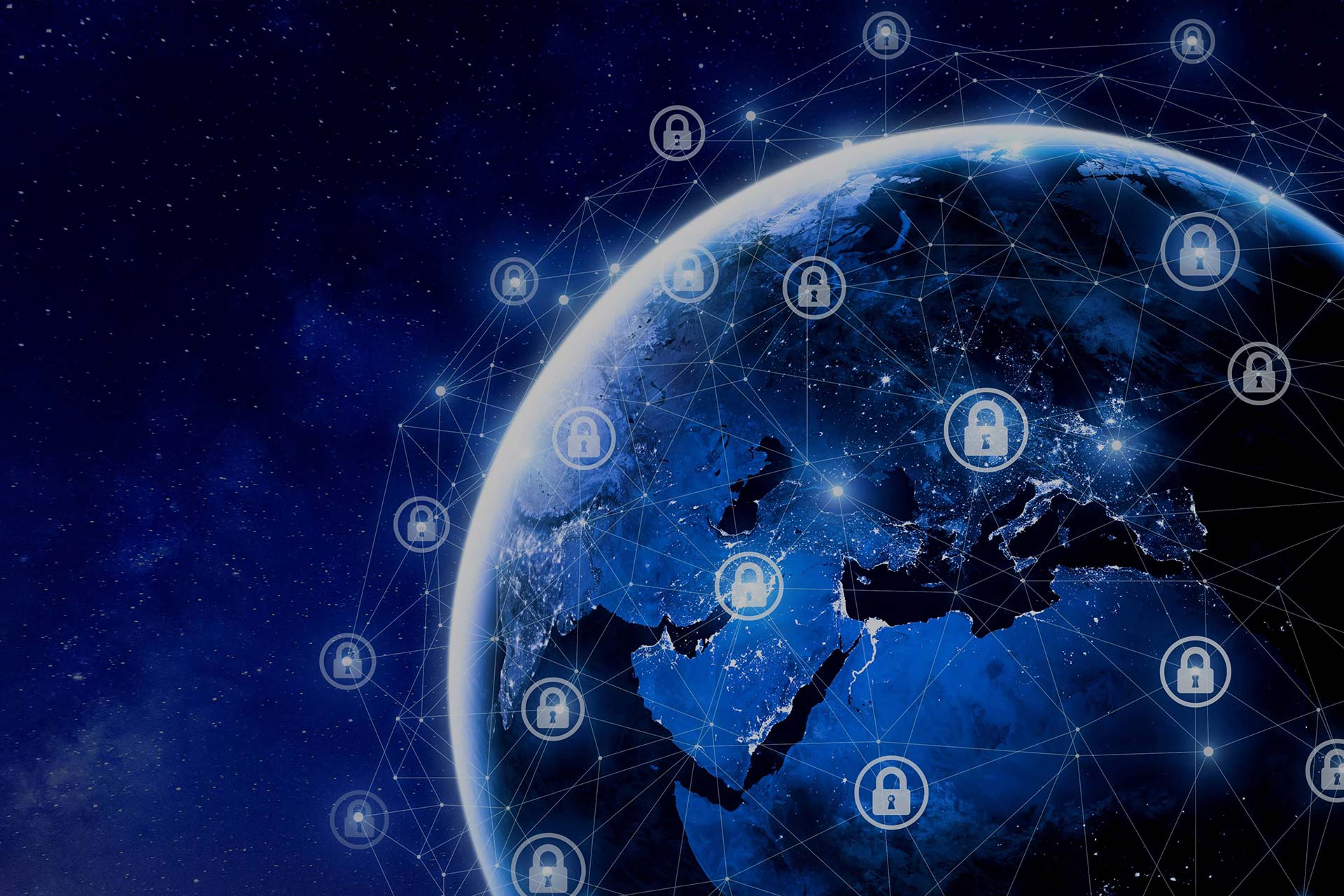SNC is a proven partner in the National Security mission arena, with a history dedicated to advancing our country’s defense. SNC provides customer-focused advanced technology solutions in aviation, space, electronics, and systems integration for the Department of Defense (DoD), U.S. Government agencies, and international and commercial customers. Adopting a true partnership approach, we work alongside our customers with 100% transparency. The result is an entrepreneurial, customer-centered focus that sets us apart in our industry. SNC is not your typical defense contractor.
A part of SNC is the cybersecurity team that makes the product Binary Armor®. Binary Armor can help bridge the gap and bring cybersecurity to endpoint devices that may be less capable of being secured by traditional IT tools and techniques. It works by acting as a bump-in-the-wire device to monitor all network traffic traveling to and from the device being protected. The network segmentation allows for an examination of the full contents of the network traffic, parsing the message to compare against proper structure and customer-configurable rulesets, and (if it is allowed to pass) transmitting it out the other interface.
The function of Binary Armor is that it protects vital Industrial Control Systems (ICS) and supervisory, control, and data acquisition (SCADA) networks from the effects of cyberattacks, by preventing both internal and external threats from ever reaching Operational Technology (OT). Most people have heard of Information Technology (IT) but OT is just as susceptible to cyberattacks because it is “hardware and software to control industrial equipment and it primarily interacts with the physical world”[1]. An easy way to think about it is IT revolves around data, while OT has direct impact on the physical world. OT is comprised of ICS and SCADA networks and more, which Binary Armor protects on a daily basis.
A very large problem that we are facing right now in society is the technology that makes up the critical infrastructure is out of date. With this technology being out of it, it is more vulnerable to cyber-attacks. . Critical infrastructure is anything that keeps our society running and makes life easier and CISA lists 16 sectors, such as communications, manufacturing, water, transportation, and electricity[2]. Our adversaries are catching on that the US infrastructure is weak and can be exploited.[3] In 2022, the FBI released that “one-third of cyber-attacks targeted critical infrastructure”[4]. There are many reasons why these attacks are becoming more common, such as political agendas and financial gain[5]. Having vulnerable critical infrastructure will only continue to make these attacks more common and cause disruptions to our lives.
Awareness of past hacks will lead to advocacy for improving our critical infrastructure to enact lasting change to this aging technology. One of the more popular recent critical infrastructure hacks was the Colonial Pipeline in 2021. The details of the hack include “a cybercrime gang called DarkSide, took nearly 100 gigabytes of data out of the Alpharetta, Georgia based company.[6]” To get the data back, Colonial Pipeline paid the hackers close to 5 million dollars.[7] On the news, there were videos and pictures shown of ordinary citizens lined up for hours at gas stations filling up containers with gasoline. If the critical infrastructure is not protected by technology like Binary Armor, then these hacks will become more common and have greater impacts on our business, which will trickle down to our daily lives.
A more recent hack that cybersecurity specialists are tracking now, is called Volt Typhoon. They are targeting critical infrastructure, and the IT and OT systems are compromised with a hide-in-plain-sight mentality, slowly collecting data without us even knowing. We are one step ahead by knowing who they are and how they attack the system, but we are still learning more because we do not know what they want from us. It is malicious, but do they want money, to take down the system, or scare us? Agencies like Cybersecurity & Infrastructure Security Agency, Federal Bureau of Investigation, and National Security Agency, do not know a lot about Volt Typhoon but “Volt Typhoon’s choice of targets and pattern of behavior is not consistent with traditional cyber espionage or intelligence gathering operations, and the U.S. authoring agencies assess with high confidence that Volt Typhoon actors and prepositioning themselves on IT networks to enable lateral movement to OT assets to disrupt functions”[8] We are seeing a failing IT system impact OT and vice versa so the technology needs to be updated because multiple systems are being compromised.
Even though we do not know a lot, SNC has the technology to address this problem. This problem of fixing the critical infrastructure won’t be done alone though, it will require time, money, commitment, and collaboration. Luckily, SNC being a leader in the aerospace industry we have trusted partners in multiple industries which we integrate our technology. As a leader in the aerospace. A partnership that we have currently is with the company Digi and we have been working on integrating Binary Armor software into Digi Accelerated Linux and Digi Remote Manager. This integration provides a more robust cybersecurity solution for OT systems.
The critical infrastructure needs to be updated in the long term, but to make sure society has time to update it, we can provide technology solutions that sit in line with current technology. “One way to simplify critical infrastructure protection and keep OT secure is to place a device that only allows pre-defined, legitimate signals to be sent to the OT on a network.”[9] This technology is Binary Armor, and SNC is at the frontline of providing cyber solutions to OT systems.
[1] https://www.redhat.com/en/topics/edge-computing/what-is-ot
[2] https://www.cisa.gov/topics/critical-infrastructure-security-and-resilience/critical-infrastructure-sectors
[3]https://www.realclearenergy.org/articles/2023/11/28/the_urgency_of_strengthening_americas_electric_grid_cybersecurity_995458.html
[4] https://www.securityinfowatch.com/security-executives/article/53069429/why-critical-infrastructure-is-the-new-target
[5] https://www.securityinfowatch.com/security-executives/article/53069429/why-critical-infrastructure-is-the-new-target
[6] https://www.bloomberg.com/news/articles/2021-05-09/colonial-hackers-stole-data-thursday-ahead-of-pipeline-shutdown?sref=SCAzRb9t
[7] https://www.msspalert.com/news/colonial-pipeline-investigation
[8] Joint Cybersecurity Agency, 2024, pg. 2
[9]https://www.realclearenergy.org/articles/2023/11/28/the_urgency_of_strengthening_americas_electric_grid_cybersecurity_995458.html
